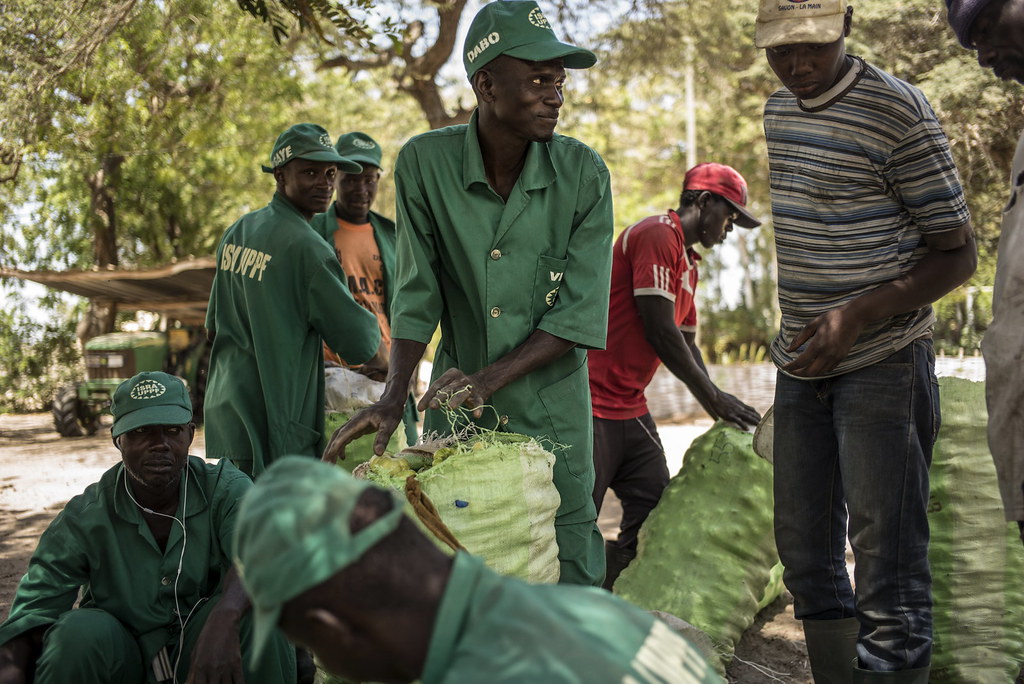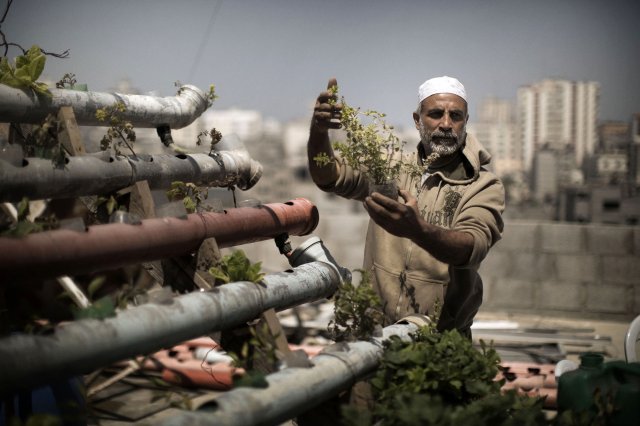Green cities are vibrant, inclusive and resilient – places that are good for people and nature. The aim of FAO’s Green Cities Initiative is to improve the health and well-being of people in 1 000 cities around the world by 2030 while making cities more sustainable and resilient to climate change.
Join us! Become part of the FAO Green Cities Network today and help bridge the gap between people and nature.
Did you know?
Highlights
The Green Cities Initiative - A virtual Green Cities walk
Step into a reimagined urban world – a world in which cities are not just growing, but thriving.
The Green Cities Initiative – In my Green City
In this delightful video, eight people aged between 6 and 18 years share their experiences and ideas of what life in a sustainable, just and green city might look and feel like.
The Green Cities Initiative - A better future for all
Cities around the world are grow rapidly. This growth offers immense opportunities but also creates rising pressure on infrastructure, resources and quality of life.











